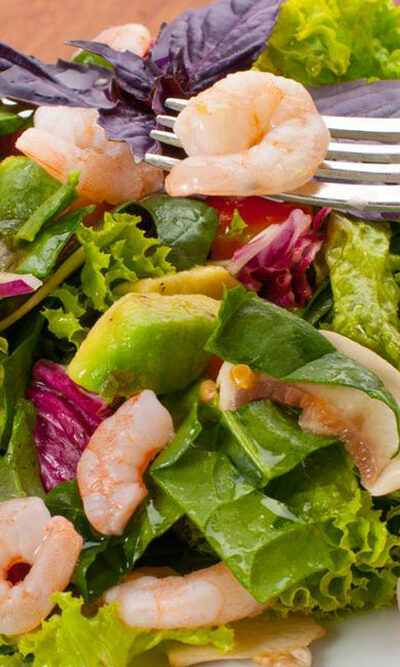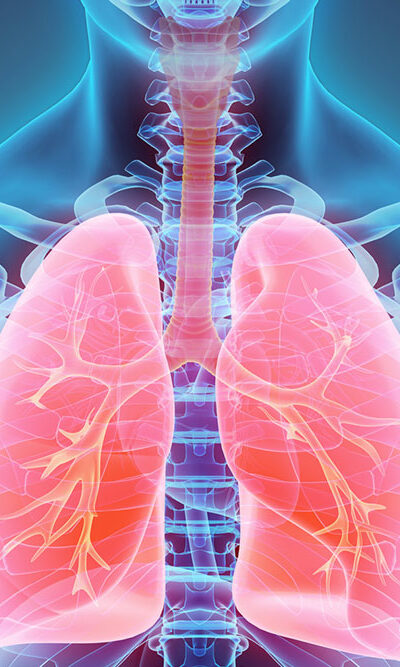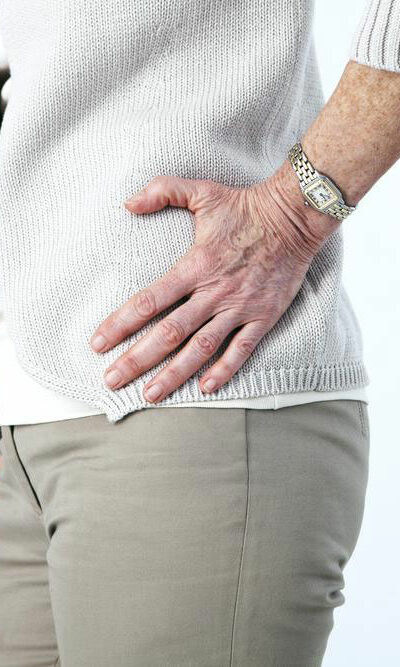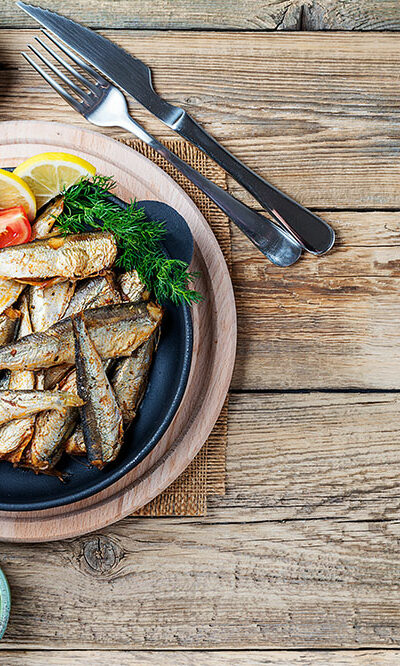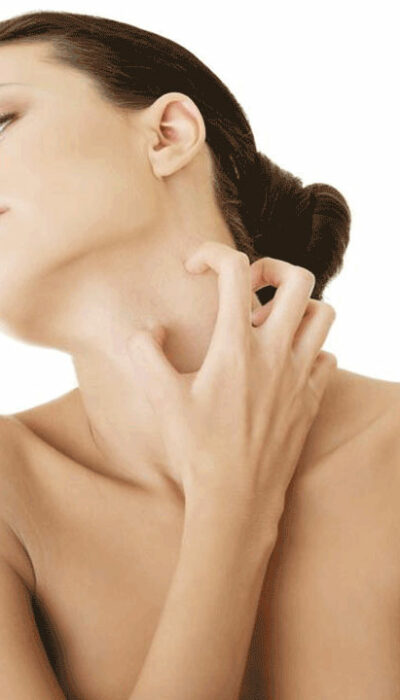
6 Home Remedies for Hair Fall and Damaged Hair
Nowadays, a majority of people are troubled with a common hair problem of hair fall. Not only does this problem affect the growth of hair but also makes it look damaged. While there are various treatments that can curb hair fall, the safest way to do so is by using home remedies. Listed below are some of the traditional home remedies that can help curb hair fall. Coconut oil Coconut oil is a traditional home remedy used to reverse hair problems like hair fall. Enriched with antioxidants, coconut oil works wonders on the health of your tresses. The goodness of coconut oil enables it to control hair fall and improve the texture of hair strands. This natural oil helps retain the protein in hair and strengthens the follicles, thereby preventing breakage. Massage coconut oil on your scalp regularly for the ultimate hair treatment. Eggs An egg is a powerhouse of protein that is often used as a homemade hair treatment. It helps curb breakage, repair damage, and improves hair’s elasticity and shine. The nutrients present in an egg help retain moisture in the scalp and strands and control hair fall. You can whisk an egg hair mask at home to have strong hair and ward off breakage. Aloe vera gel Aloe vera gel is among the most extensively-used home remedies for reducing hair fall. Packed with vitamins and minerals, this natural gel can provide deep nourishment to the scalp and strengthen the hair follicles, thereby curbing hair fall. Massage freshly squeezed out aloe vera gel on your scalp or mix it with ingredients like coconut oil or essential oils to make a hair mask to combat hair fall. Gooseberry oil Indian gooseberry oil is an age-old remedy used as a hair treatment to reduce hair loss and promote hair growth.
